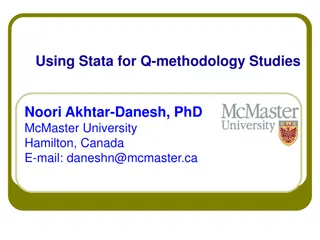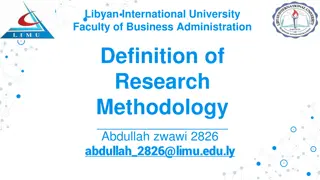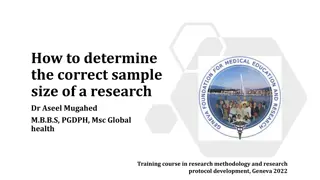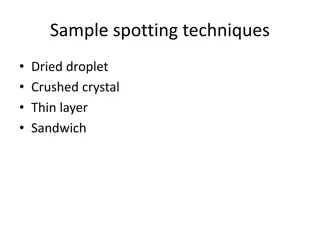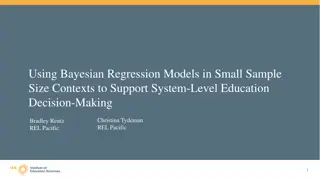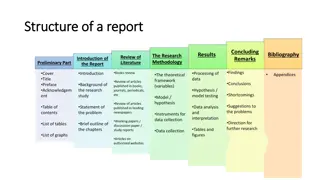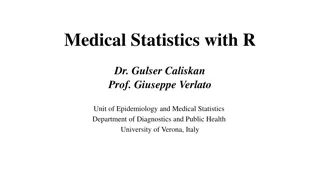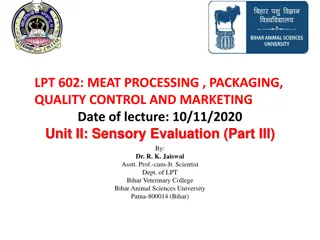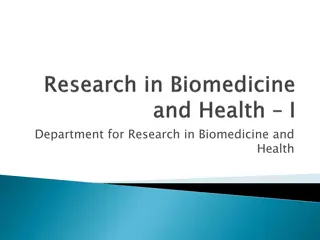Presenting Research Sample Methodology
Learn how to effectively present the research sample in your study, whether non-human or human participants, with detailed examples and guidelines on using tables or figures.
Download Presentation

Please find below an Image/Link to download the presentation.
The content on the website is provided AS IS for your information and personal use only. It may not be sold, licensed, or shared on other websites without obtaining consent from the author.If you encounter any issues during the download, it is possible that the publisher has removed the file from their server.
You are allowed to download the files provided on this website for personal or commercial use, subject to the condition that they are used lawfully. All files are the property of their respective owners.
The content on the website is provided AS IS for your information and personal use only. It may not be sold, licensed, or shared on other websites without obtaining consent from the author.
E N D
Presentation Transcript
How to present the methodology of your study Section 3 Lecture 1: How to present the research sample
Presenting the research sample Describe who or what you studied Sometimes referred to as materials Consider using tables or figures
Research sample: Non-human participants EW [ca. 90% protein on dry matter (dm) basis] was isolated from commercial eggs as commonly done. Dithiothreitol and sodium azide were from Acros Organic (Geel, Belgium). Sodium dodecyl sulfate, sodium dihydrogen phosphate dihydrate, sodium chloride, and urea were from VWR International (Leuven, Belgium). Bovine serum albumin standard (23209) was from ThermoFisher Scientific (Waltham, MA, U.S.A.). OVA (albumin chicken egg grade III, ca. 94% protein on dm basis), proteinase K (Tritirachium album, P4850), trypsin (porcine pancreas, T0303), and all chemicals (of at least analytical grade), unless specified otherwise, were from Sigma- Aldrich (Bornem, Belgium). Enzyme units (EU) were as specified by the supplier. The highly amylogenic peptide (residues: 103 111) derived from sup35 yeast was produced in-house. [from Monge Morera M. et al. (2020). Processing Induced Changes in Food Proteins: Amyloid Formation during Boiling of Hen Egg White. Biomacromolecules. https://dx.doi.org/10.1021/acs.biomac.0c00186]
Research sample: Human participants As far as the qualitative strand is concerned, seventy-six (51%) recruiters expressed their interest in participating in the interview at the end of the survey and provided their contact details. Nevertheless, only twenty-one (14%) responded to follow-up emails and eventually took part. They were also informed about the purpose of the study and signed a consent form. At the time they were working in eight different countries (Spain, the UK, France, Italy, Malaysia, Burma, Chile, and Brazil). No further background data were collected on these participants. from Kiczkowiak, M. (2020).Recruiters Attitudes to Hiring Native and Non-Native Speaker Teachers: An International Survey. TESL-EJ:Teaching English as a Second or Foreign Language, 24(1).]


